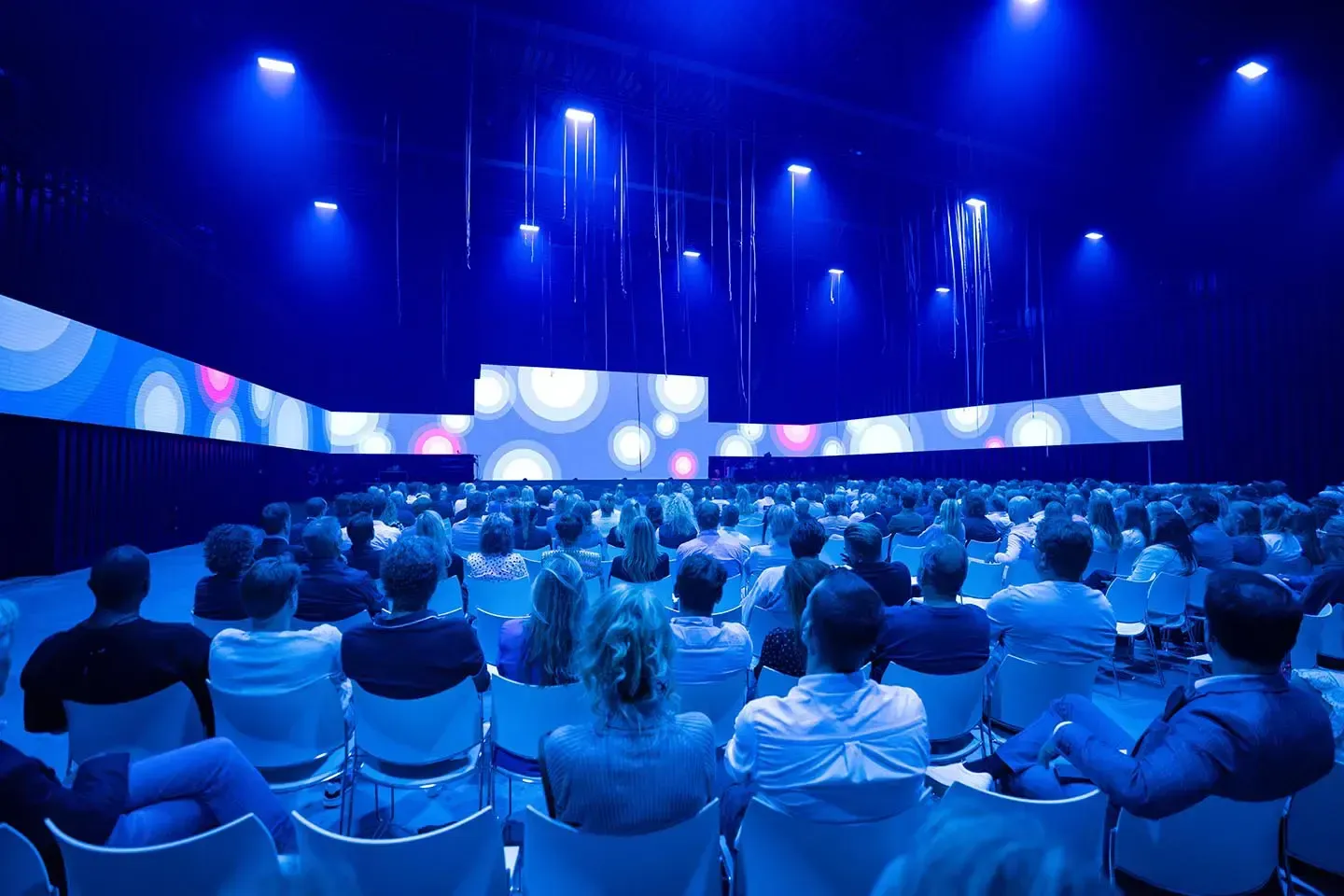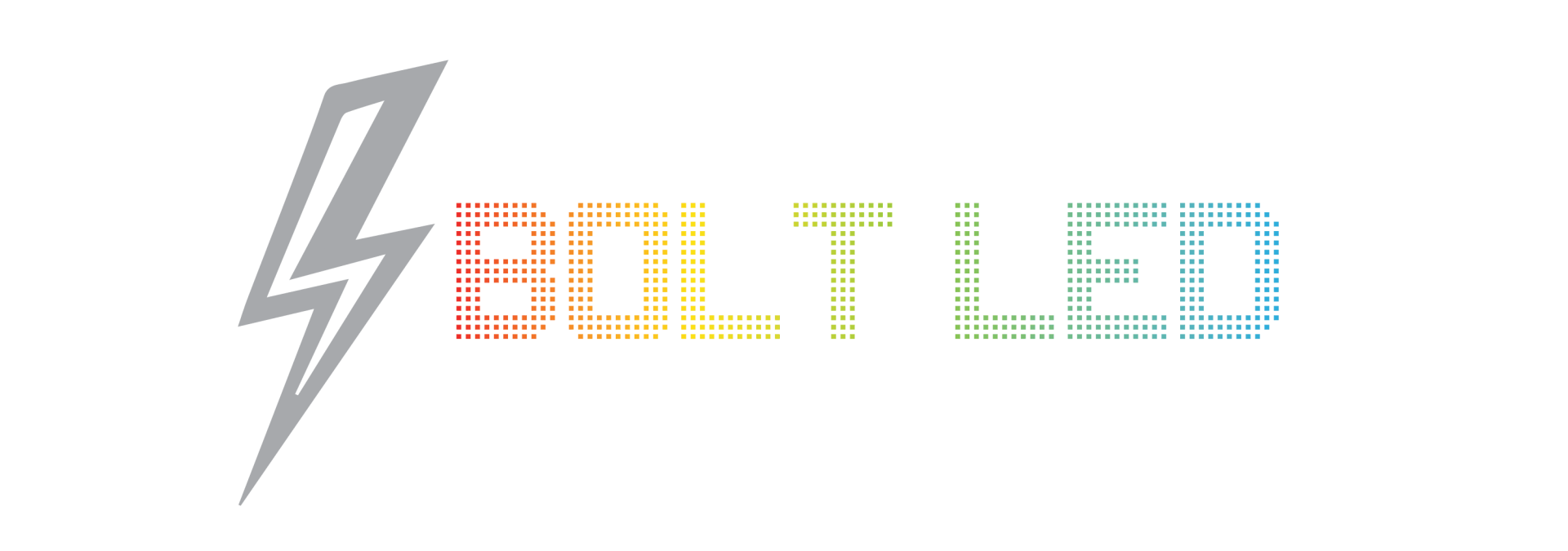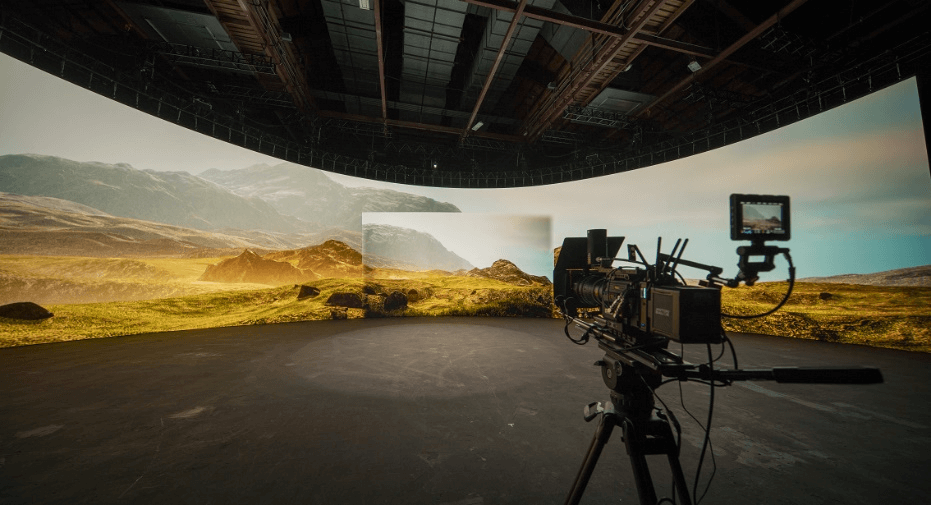Selecting the right Pixel Pitch for LED Video Wall Displays
How to Select the Correct Pixel Pitch for Your LED Video Wall Display

When it comes to investing in a modular LED video wall panel display, choosing the right pixel pitch is one of the most critical decisions you'll make. Pixel pitch directly impacts the visual quality, viewing experience, and cost-effectiveness of your display. Here's everything you need to know to make an informed decision.
What is Pixel Pitch?
Pixel pitch refers to the distance between the center of one LED pixel and the center of the next. Measured in millimeters, it determines the pixel density of the screen. Smaller pixel pitches indicate higher pixel density, resulting in sharper images and finer details.
Why Pixel Pitch Matters
The pixel pitch influences:
- Image Clarity: A smaller pixel pitch means more pixels per square inch, producing higher resolution images.
- Viewing Distance: Larger pixel pitches are ideal for viewers at a greater distance, while smaller pixel pitches cater to closer audiences.
- Cost: Smaller pixel pitches are more expensive due to higher LED density and manufacturing complexity.
Key Factors to Consider
1. Viewing Distance
The primary determinant of pixel pitch is the average viewing distance. As a general rule:
- Small Pixel Pitch (<2mm): Ideal for close viewing distances (e.g., corporate lobbies, control rooms).
- Medium Pixel Pitch (2-4mm): Suitable for medium distances, such as retail stores and event spaces.
- Large Pixel Pitch (>4mm): Best for long distances, like stadiums or outdoor billboards.
2. Content Type
Consider the type of content you'll display:
- High-Detail Content: For HD videos, text-heavy presentations, or intricate graphics, opt for a smaller pixel pitch.
- Simple Graphics: For basic visuals or large-format advertisements, a larger pixel pitch suffices.
3. Display Size
Larger displays often compensate for larger pixel pitches, as the increase in size can maintain visual quality even at reduced pixel density. However, for smaller displays, a finer pixel pitch is essential for clarity.
4. Budget
Higher resolution displays with smaller pixel pitches are more expensive. Balance your budget against your performance needs to find a sweet spot.
5. Environment
Outdoor displays require weatherproofing and high brightness levels, which may limit your pixel pitch options. Indoor environments allow for greater flexibility in pixel pitch selection.
How to Calculate the Optimal Pixel Pitch
A commonly used formula to determine the optimal pixel pitch based on viewing distance is:
Optimal Pixel Pitch (mm) = Viewing Distance (m) / 2
For example, if your audience will view the display from 10 meters away, a pixel pitch of approximately 5mm would be suitable.
Trends in Pixel Pitch Technology
Advancements in LED technology have made smaller pixel pitches more affordable and accessible. Fine-pitch LED displays (≤3.91mm) are becoming increasingly popular for their versatility and exceptional image quality.
Final Thoughts
Selecting the correct pixel pitch for your modular LED video wall panel display ensures an optimal viewing experience, aligns with your budget, and enhances the overall impact of your content. Consider your audience, environment, and content needs before making a decision. Consulting with an expert here at bolt can provide tailored advice to ensure you make the right choice.
Invest wisely, and you’ll enjoy a stunning display that meets your needs for years to come!









